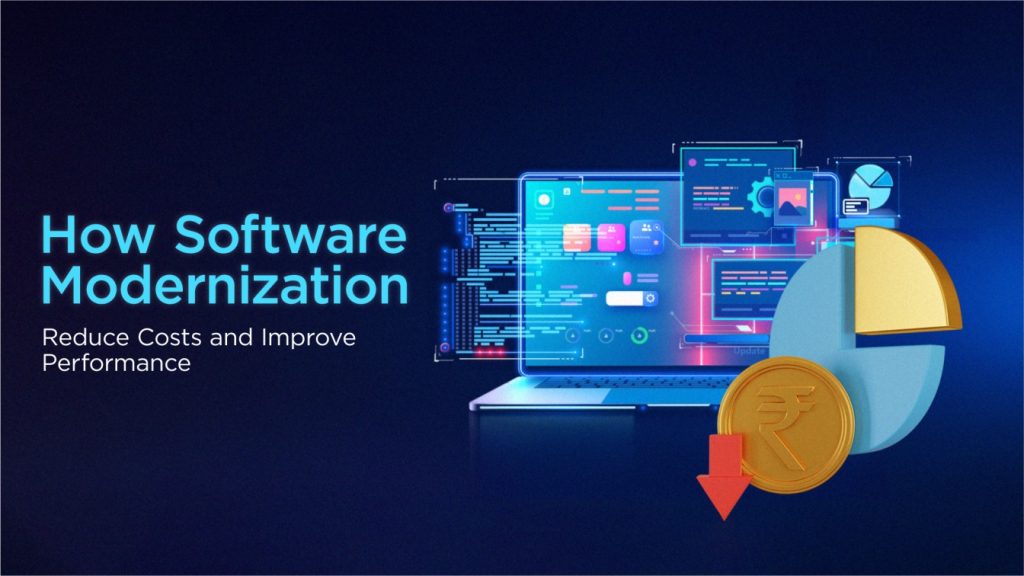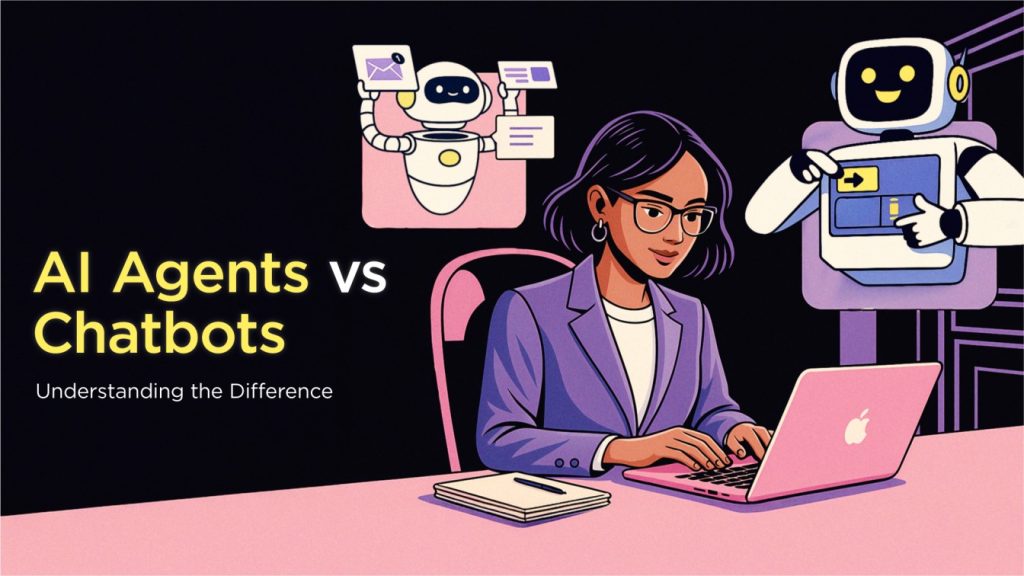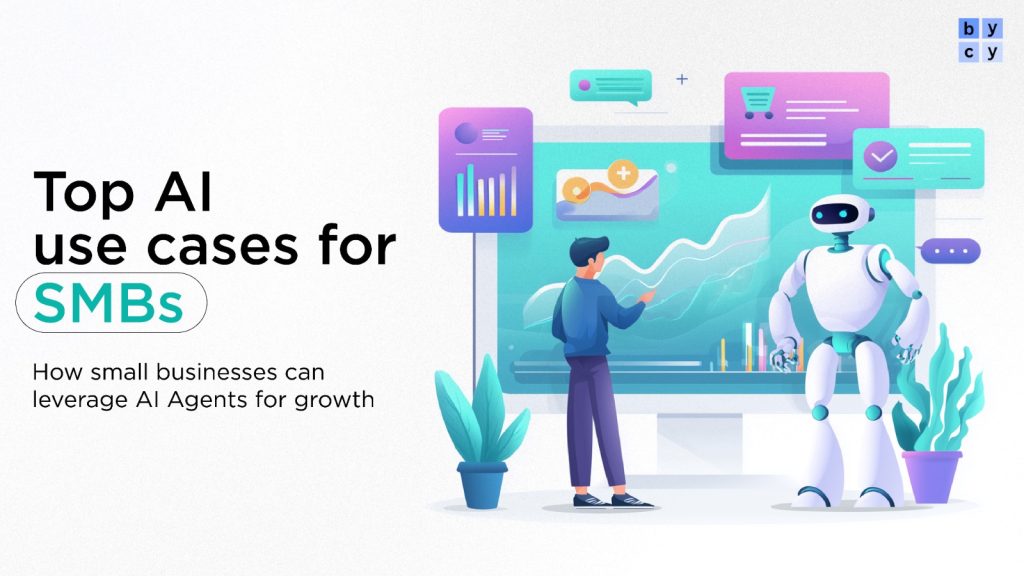Introduction: Unlocking a New Era of Contextual Intelligence
The rise of artificial intelligence has ushered in a new paradigm of human-machine interaction. But as digital ecosystems grow increasingly saturated, customers and users demand more than automated responses—they seek empathy, understanding, and nuance. Enter vibe coding, a sophisticated evolution in AI that enables assistants and agents to respond with contextual, behavioral, and emotional intelligence.
Vibe coding is not just a trend—it represents a shift toward affective computing, a field of research popularized by MIT Media Lab’s Rosalind Picard. Affective computing aims to create systems that can recognize, interpret, and simulate human emotions. Vibe coding operationalizes this theory through AI models trained on diverse data points: user sentiment, behavioral patterns, tone, cadence, and real-time contextual cues.
This blog explores vibe coding through a rigorous, research-driven lens, focusing on its practical implications for mid-market companies (200–500 employees) across industries. We highlight real-world use cases, current technological frameworks, and ethical considerations. The goal: to equip product and marketing decision-makers with a deep understanding of how vibe coding can redefine user experience and market positioning.
What is Vibe Coding? A Definition Grounded in Research
Vibe coding refers to the systematic development of AI systems that can adapt responses dynamically based on contextual, behavioral, and emotional signals. It draws upon:
- Natural Language Understanding (NLU) and semantic analysis to comprehend the meaning and tone of user input
- Affective computing frameworks to detect and simulate emotional responses
- Human-computer interaction (HCI) models, such as those proposed by Norman and Shneiderman, to improve usability via affective feedback loops
- Behavioral psychology, particularly the stimulus-response theory, for designing feedback mechanisms
Academic studies such as “Emotion in Human-Computer Interaction” (Calvo & D’Mello, 2010) and “Toward Emotionally Intelligent Machines” (Cowie et al., 2001) provide foundational frameworks for understanding vibe coding.
SEO Keywords: vibe coding, contextual AI, affective computing, AI assistants for mid-market, intelligent agents, emotional AI, AI for SaaS, AI in healthcare, AI in edtech, AI marketing automation
The Technical Architecture of Vibe Coding
The implementation of vibe coding involves a multi-layered architecture:
- Input Processing Layer: Ingests text, speech, or biometric data (e.g., typing patterns)
- Emotion Detection Engine: Uses sentiment analysis, tone analyzers, and paralinguistic cues (e.g., IBM Watson Tone Analyzer)
- Contextual Memory Module: Tracks user history, environment, and previous interactions to build context
- Adaptive Response Generator: Uses LLMs (Large Language Models) like GPT-4 or Claude to dynamically generate emotionally appropriate responses
- Feedback Loop & Reinforcement Learning: Optimizes future interactions based on user satisfaction scores and outcomes
Vibe coding is made possible by tools and APIs from leading AI labs including:
- OpenAI (ChatGPT, fine-tuning API)
- Anthropic (Claude)
- Microsoft Azure Cognitive Services
- Google Cloud Dialogflow CX
Why Mid-Market Companies Are Poised to Benefit Most
While enterprise corporations often face bureaucratic hurdles, mid-market firms possess the agility and urgency to adopt novel technologies like vibe coding. Their scale allows for meaningful user interactions at volume without overwhelming infrastructure costs.
A 2023 Deloitte Digital study revealed that mid-market companies investing in AI personalization report a 2.4x improvement in customer lifetime value (CLV) and 1.8x higher NPS scores. Vibe-coded AI agents contribute by:
- Tailoring user journeys at scale
- Mimicking human empathy in customer service
- Enhancing brand perception through authentic conversational design
Use Case Analysis: Vibe Coding Across Key Industries
1. Healthcare: Empathetic AI for Patient-Centered Care
The WHO’s 2022 Digital Health Strategy underscores the importance of ethical AI in healthcare. Vibe coding aligns with this vision by enabling AI agents to:
- Adjust tone for anxious patients
- Detect potential distress through sentiment tracking
- Offer personalized follow-ups based on recovery progress
Case in Point: Babylon Health has deployed AI symptom checkers integrated with sentiment-aware NLP. Their research shows a 17% increase in patient disclosure rates when AI adjusted tone based on user hesitation or frustration.
Other Potential Applications:
- Remote patient monitoring with emotionally tuned feedback
- Mental health triaging tools
- AI health coaches for chronic disease management
2. Technology & SaaS: Reducing Churn through Personalized Interaction
SaaS success hinges on user engagement and retention. Vibe coding ensures AI agents:
- Adapt explanations based on user expertise
- Adjust escalation thresholds based on frustration signals
- Mirror tone for seamless brand alignment
Example: Intercom uses dynamic behavioral cues to adjust chatbot tone from friendly to technical, depending on the user’s prior queries.
Example: Drift incorporates NLP-driven emotion detection to reframe offers when a buyer’s interest wanes.
Impact:
- Up to 23% improvement in onboarding NPS scores (Intercom 2023 case study)
- Enhanced upselling success through adaptive engagement
3. EdTech: Emotionally Intelligent Learning Platforms
A 2022 study by EdSurge found that 68% of students prefer AI tutors that “feel human.” Vibe coding in education allows:
- Emotion-aware feedback
- Adaptable instructional styles
- Proactive mental health check-ins
Duolingo’s behavioral science team uses reinforcement learning to adjust encouragement styles. Users who experience frustration receive more gamified prompts and softer feedback.
Carnegie Learning’s AI tutors analyze hesitation and eye-tracking data to modulate pacing and tone.
4. Marketing Automation: Real-Time Emotional Adaptation
Vibe-coded marketing agents enable:
- Sentiment-responsive email sequences
- Tone-aware ad copy adaptation
- Dynamic personalization across the buyer journey
Persado’s emotion-based AI copywriting has shown to outperform control campaigns by 30% in A/B tests.
HubSpot’s sentiment analysis in email workflows helps adjust CTAs and content hierarchy depending on lead warmth.
Research-Based Benefits:
- Higher conversion and CTRs (10–35% increase)
- Lower bounce rates due to emotionally resonant content
How to Implement Vibe Coding: A Practical Framework for Mid-Sized Teams
- Audit Communication Channels: Identify where AI agents currently interact with users (e.g., chatbots, email, onboarding).
- Integrate Sentiment & Context APIs: Start with services like Google Cloud NLP or OpenAI + prompt-tuning layers.
- Establish Emotional Taxonomies: Define tone/voice guidelines based on emotional profiles.
- Train with Annotated Data: Use feedback-tagged support conversations, survey responses, and behavioral logs.
- Build Feedback Loops: Continuously improve based on explicit user reactions and satisfaction ratings.
Risks, Ethics, and Considerations
- Data Sensitivity: Emotion data may include biometrics, which fall under GDPR and HIPAA regulations
- Bias & Misinterpretation: Cultural variance in emotional expression can lead to misreads
- Manipulation Risks: Poorly implemented vibe coding can lead to emotionally exploitative interfaces
Future Research Directions in Vibe Coding
- Multimodal Sensing: Integrating text, voice, and facial data for holistic emotion detection
- Contextual Emotion Graphs: Mapping user sentiment across multiple touchpoints
- Auto-tuning LLMs: Real-time adaptation using reinforcement feedback from human evaluators
- Neurosymbolic Reasoning: Combining symbolic AI with neural networks to enhance emotion interpretability
Academic projects such as MIT’s Affective Computing Lab and Stanford’s Human-Centered AI Institute are at the forefront of these developments.
Conclusion: Vibe Coding as a Strategic Imperative
As mid-market companies face rising customer expectations, vibe coding presents a tangible path to differentiation. The fusion of AI, behavioral science, and emotional intelligence is no longer theoretical—it’s a competitive edge.
By investing in vibe-coded AI agents, mid-sized firms can:
- Deliver empathetic, humanized digital experiences
- Reduce churn and enhance loyalty
- Personalize journeys across marketing, sales, support, and product
Vibe coding isn’t just the future of AI—it’s the future of emotionally intelligent business.
Ready to Transform Your AI Strategy? Talk to our AI specialists to learn how your mid-market team can integrate vibe coding into your growth stack.



